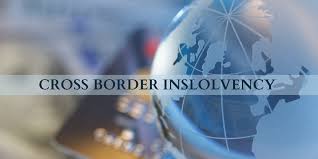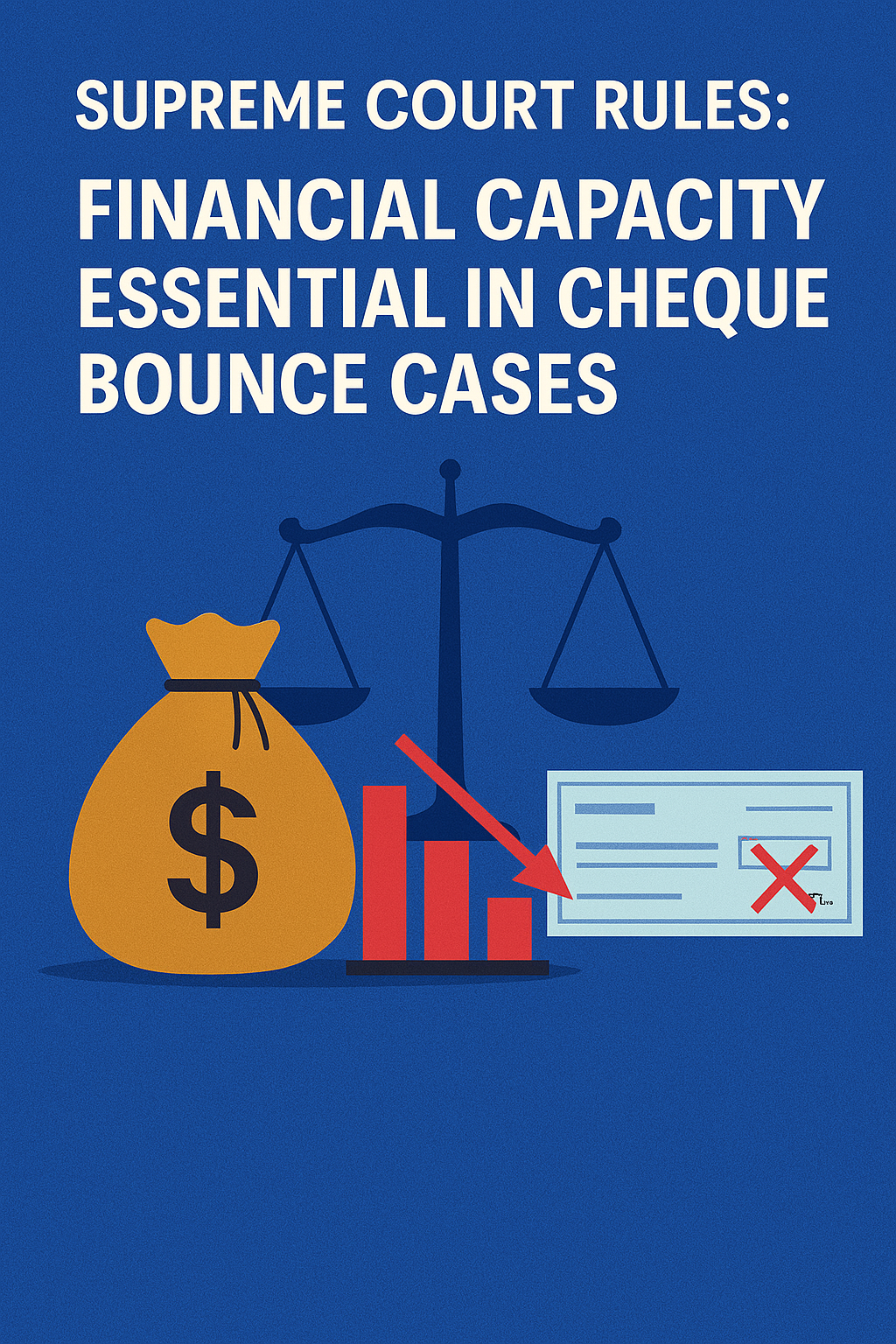Washington Administrative Code Title 133 - Commerce, Department of (Community Economic Revitalization Board)
Washington Administrative Code (WAC) Title 133 is dedicated to the Community Economic Revitalization Board (CERB), which operates under the broader umbrella of the Washington State Department of Commerce.
CERB is a crucial state board established in 1982 with the mission to foster economic development through stimulating private investment and creating job opportunities for the general welfare of Washington's inhabitants (RCW 43.160.030). It achieves this primarily by providing financing (loans and, in unique circumstances, grants) to local governments and federally recognized Indian tribes for public infrastructure projects that support private business growth and expansion.
Here's a breakdown of the key areas typically covered in WAC Title 133:
I. General Provisions (Chapter 133-10):
Organization and Operation of CERB (§ 133-10-010):
Membership: CERB is typically a multi-member board (often 20 members) with representatives appointed by the Director of the Department of Commerce and legislative leadership.
Purpose: The regulations reiterate CERB's core mission:
Rapidly respond to immediate business siting and expansion needs.
Build feasible industrial sites for future business development.
Target expansions in key sectors like manufacturing, food processing, assembly, warehousing, industrial distribution, and advanced technology.
Spur the creation and retention of higher-wage jobs.
Funding Mechanism: Clearly states that CERB provides low-interest loans (and occasionally grants) to finance necessary local public infrastructure.
Eligible Infrastructure: Specifies the types of public infrastructure improvements that can be funded, including:
Industrial water
General-purpose industrial buildings and port facilities
Sanitary and storm sewers
Industrial wastewater treatment facilities
Railroad spurs
Telecommunications (broadband)
Electricity and natural gas
Roads and bridges
Communications with the Board (§ 133-10-030): Provides guidance on how to formally communicate with CERB, including addressing inquiries and submittals.
II. Public Records (Chapter 133-20):
This chapter outlines the procedures and regulations governing public access to records held by the Community Economic Revitalization Board, in compliance with Washington's Public Records Act. This typically includes:
Availability of public records.
Procedures for requesting records.
Fees for copying.
Exemptions from disclosure.
Review of denials.
Protection of public records.
III. Public Facility Loans and Grants (Chapter 133-40):
This is a core operational chapter detailing the process for applying for and receiving funding.
Loan and Grant Applications (§ 133-40-030):
Eligible Applicants: Local governments and federally recognized Indian tribes in Washington State.
Application Process: Applications must be submitted in writing on board-provided forms, typically 45-60 days prior to a board meeting.
Required Documentation: Applications must include a signed resolution from the governing body of the applicant approving the submittal, along with any supporting materials or information requested by CERB staff.
Review Process: Staff conducts a "threshold review," works with the applicant to vet the project, and then prepares a staff recommendation for the board.
Funding Programs: CERB offers several distinct programs:
Committed Private Partner Program (CPP): Provides loans and grants for public infrastructure necessary for existing private business expansion. Requires a commitment from a private business.
Prospective Development Program (PD): Provides loans and grants to rural communities for public infrastructure to enable future business development, requiring an economic feasibility study demonstrating likely private investment and job creation.
Planning Program (PP): Provides limited funding for studies to evaluate high-priority economic development projects, including site-specific plans, feasibility studies, and broadband planning. Grants for planning can be up to $100,000, with varying cash match requirements.
Rural Broadband (RB): Provides low-interest loan/grant packages for local governments and tribes to build high-speed, open-access broadband service in rural underserved communities, specifically for economic development.
Funding Terms:
Loans: Up to $3,000,000 per project, with interest rates typically 1-3% and terms up to 20 years.
Grants: Generally available for up to 25% of the total award for construction projects, based on financial need. Planning grants have specific caps.
Match Requirements: Applicants typically need to provide a cash match of the total project cost (e.g., 20% for CPP/Rural Broadband, 50% for Prospective Development).
Ineligible Projects: Rules define projects that are not eligible for CERB funding (e.g., retail development, gambling facilities, projects that displace jobs within the state, or those outside the applicant's jurisdiction).
IV. Compliance with State Environmental Policy Act (Chapter 133-50):
This chapter outlines how CERB ensures its actions and funded projects comply with the Washington State Environmental Policy Act (SEPA), which requires consideration of environmental impacts for major governmental actions.
In summary, WAC Title 133 provides the detailed regulatory framework through which the Washington State Community Economic Revitalization Board operates, enabling it to strategically invest in public infrastructure projects that drive private sector growth, create jobs, and strengthen local economies across Washington, with a particular focus on rural communities and critical infrastructure like broadband.




























0 comments